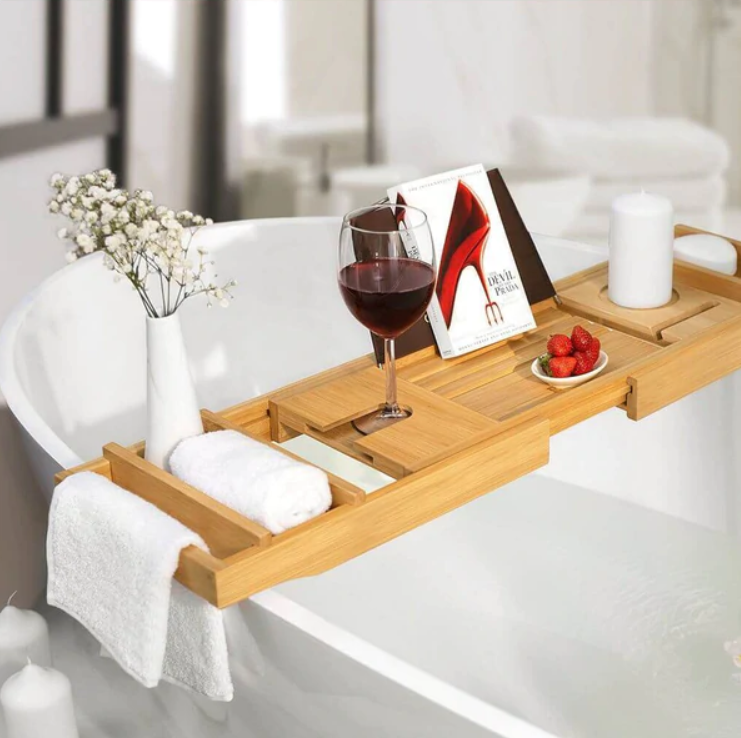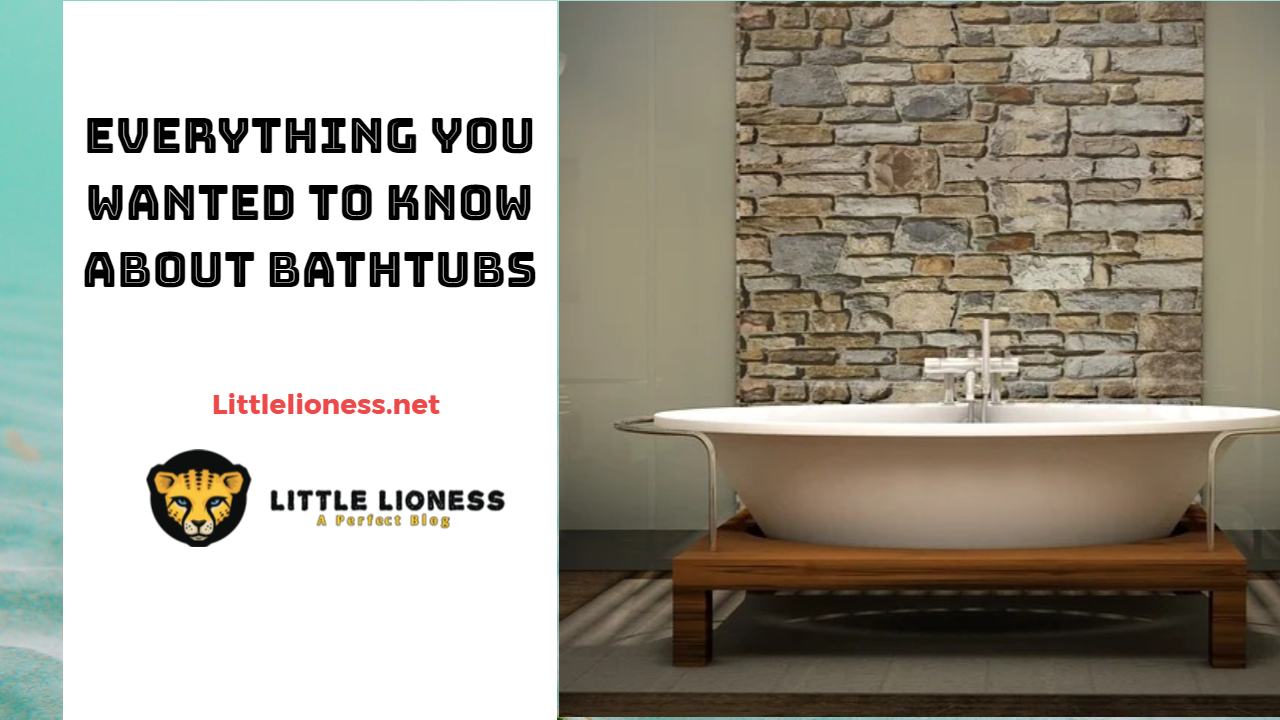Everything You Wanted To Know About Bathtubs
Today we will talk about baths. When did they appear, what role did they play in the past and how popular are they now? .. In fact, a bath is not just a room (a container) in which you can wash yourself – it is a whole culture! And this culture is gradually being revived. Experts from the Royal Craft Wood company, manufacturers of eco-friendly products for the bathroom, kitchen and the whole house, agreed to share the history of baths with us.
From the History of Bathtubs
The baths of the ancient city of Rome were a fundamental part of daily life. Built by wealthy rulers, they served both practical and social purposes. Roman baths were elaborate public buildings with pools or baths, exercise areas, and areas for relaxing. They had three parts: the frigidarium (cold room), tepidarium (warm room), and caldarium (hot room). The frigidarium was the coldest area, with a pool typically filled with cold water or snow. The tepidarium was an intermediate area where people would slowly heat their bodies in the warm waters before entering the caldarium – a hot steamy room filled with hot pools, heated floors and steam rooms.
The Romans used these baths for much more than just getting clean; they were places to relax and socialize. Most large cities in Rome had multiple bath complexes that also included libraries, gardens and other recreational facilities. There were even public facilities for poorer citizens who could not afford to build their own private bathhouses. Roman-style bathing was adopted by many other cultures after its introduction by the Romans, including in Scandinavia, Eastern Europe, and Germany.
In addition to physical health benefits such as improved circulation and muscle relaxation, Roman-style bathing provided mental health benefits as well. Ancient historians recorded that these communal spaces provided an opportunity for people to come together without judgment or prejudice – an early form of modern-day

therapy or counseling sessions! Furthermore, thanks to advances in engineering during this period, Roman-style baths enabled access to advanced plumbing systems involving aqueducts and advanced heating systems throughout each facility which contributed greatly to medical knowledge at the time as well as aesthetic beauty within each bath complex itself.
What is the Bathtub now
The bathtub is now a luxurious fixture in many bathrooms, providing a place to relax and unwind after a long day. It is typically constructed from durable materials such as ceramic or enamel-coated steel, offering a glossy sheen and luxurious feel. The bathtubs can come in a variety of shapes and sizes, ranging from compact ones for small spaces to large and spacious models that offer room for two.
There are also varieties with jets and other features such as air-massage settings, allowing users to customize their experience. From clawfoot tubs, which provide an antique allure, to modern designs emphasizing sleek lines, there is something out there for everyone. The added bonus of installing bathtubs is the ability to take soothing bubble baths or even just submerge yourself in hot water on cold winter days.
By adding essential oils, salts or other spa-like items you can make your bathroom into an oasis of relaxation – perfect for winding down before bed time.
 How many Gallons are in a Bathtubs
How many Gallons are in a Bathtubs
The average bathtub can hold anywhere between 30 and 60 gallons of water, depending on its size. The most common full-size bathtubs are typically 5 feet long, 2 feet wide, and 15 inches deep. A typical full-size bathtub contains approximately 55 gallons of water when completely filled.
Though the exact amount of water needed to fill a bathtub depends on its depth and shape, you can make an estimate by knowing the volume of a gallon (3.78 liters) multiplied by the area of a standard full-size bathtub. By multiplying 55 gallons times 3.78 liters for each gallon, you come out with around 208 liters in total capacity for an average full-sized bathtub.
The amount of water needed for a relaxing soak can vary depending on individual preference – some bathers might need more or less than 55 gallons to get to their desired comfort level. That being said, there is something special about stepping into a warm and cozy bath that has been filled with just the right level of hot H2O!
If you want to enjoy your soak without having to worry about running out of hot water before it’s time to get out, it’s recommended that you fill up your tub with roughly 45 gallons of hot water beforehand. This should provide enough space for a comfortable experience without needing too much extra water than necessary. Just make sure not to exceed the maximum capacity as this could put additional strain on your plumbing system or cause potential damage due to overflow.
While there are many health benefits to taking a bath, it’s important to remember that everyone is different. If you have any medical conditions, consult with your doctor before adding baths to your daily routine. And if you do take a nightly soak, make sure the water isn’t too hot— overheating can lead to dehydration. With these precautions in mind, go ahead and enjoy all the relaxation and rejuvenation a piping-hot bath has to offer!
Read More: The Complete Guide to Software Integration Testing and How it Can Save Your Business

